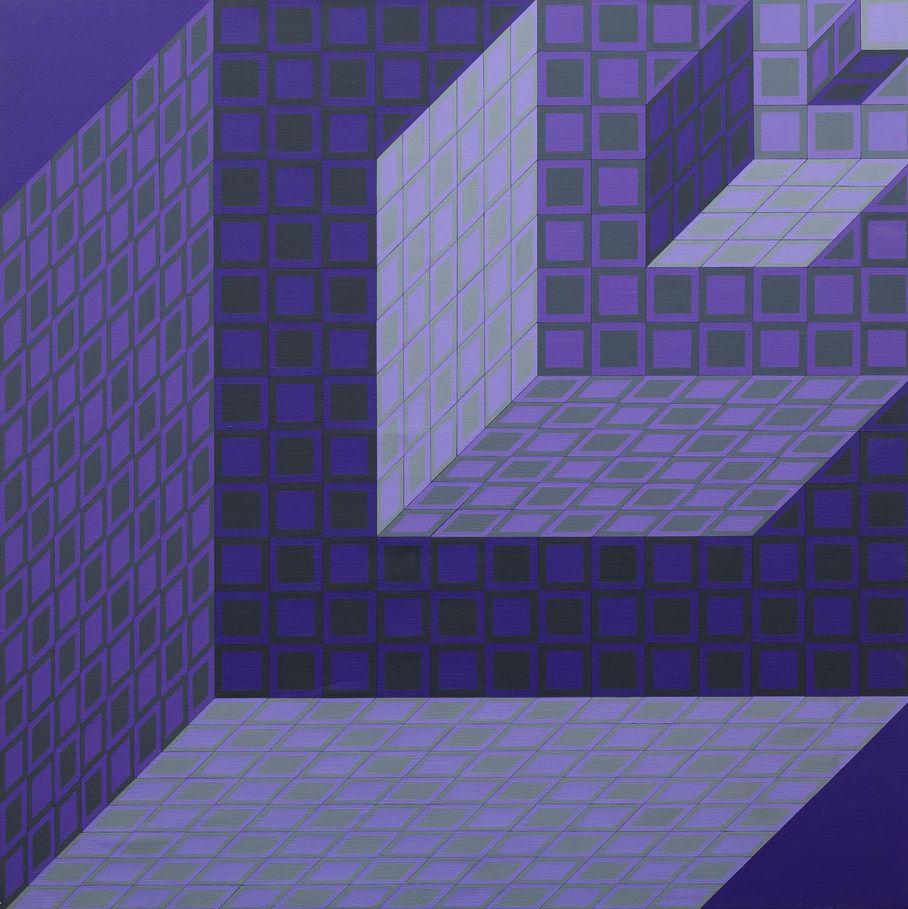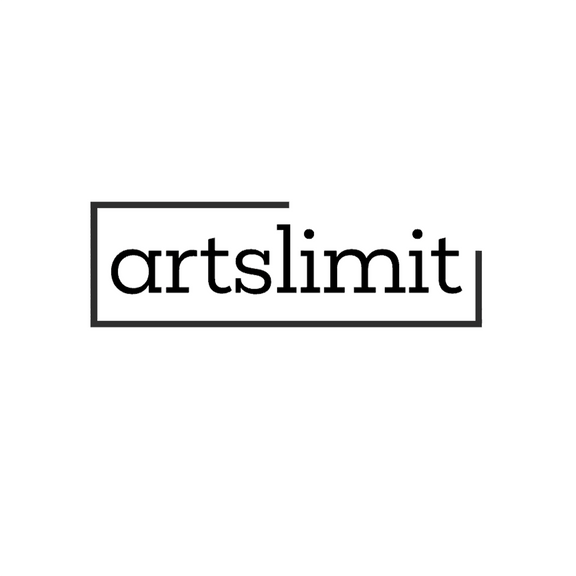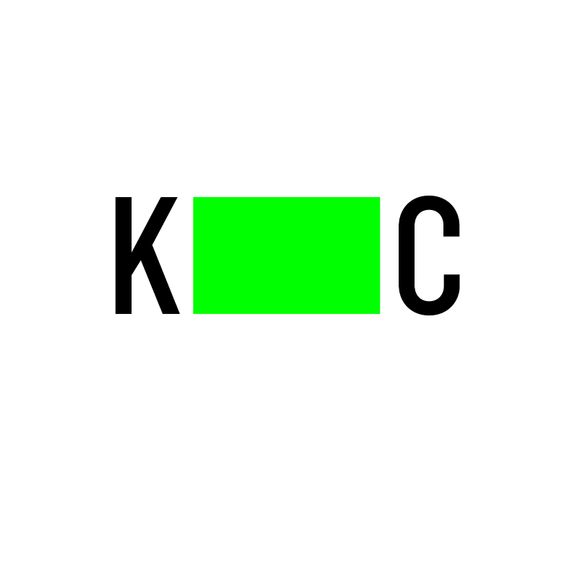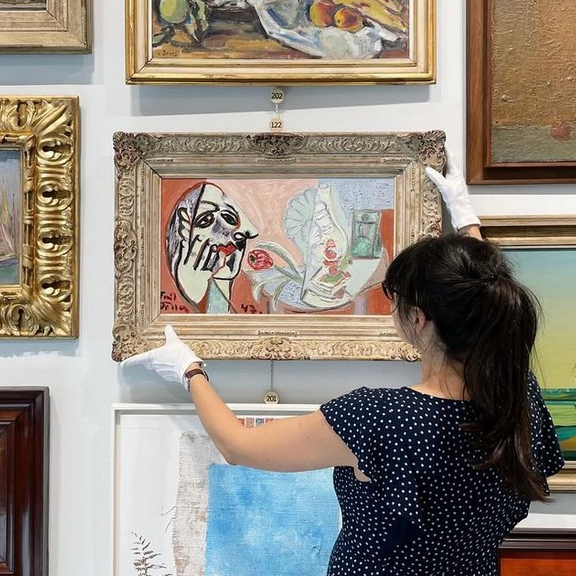
acrylic on canvas
1973
lower centre, on the reverse
102 × 102 cm
framed
This unique work presents the Hungarian artist Victor Vasarely, one of the originators of op art, a movement that first emerged as a reaction to abstract expressionism. While expressionism emphasises spontaneity and emotion, op art focuses on objectivity, science, and precision. Vasarely’s work thus explored the limits of perception and illusion. He used geometric shapes or repeating patterns to create effects that manipulated the beholder’s vision and created the illusion of movement, space or three-dimensionality. His works were the results of careful planning and calculation, which gave them a scientific character while losing none of their aesthetic effects based on visual play.
The presented work, Cago, encourages a deeper reflection on the relationship between art, science, and the perception of reality. In addition, in the 1960s and 1970s, scientific and technological fields were experiencing rapid development, and op art was therefore perceived as an art that tried not only to appeal to the senses but also to the beholder’s intellect. Vasarely liked to choose strange titles for his works, often a random group of letters, and paid attention to their euphony so that the given title corresponded to the atmosphere or content of the work. In some cases, he found inspiration in the Hungarian language (e.g. terek = spaces) or topographical designations from his beloved Brittany.
The work’s collectible value is enhanced by its presentation at the exhibition Abstraction + Warhol (Woxart, Prague, 6. 3. – 10. 4. 2009) where it was exhibited together with works of Andy Warhol, Hans Hartung and Wilhelm Sasnal. On the reverse is the artist’s inscription with the title, date and signature. Assessed during consultations by PhDr. K. Srp and M. Vasarely. Attached is the expertise of PhDr. J. Machalický and the Fondation Michèle Vasarely certificate.







